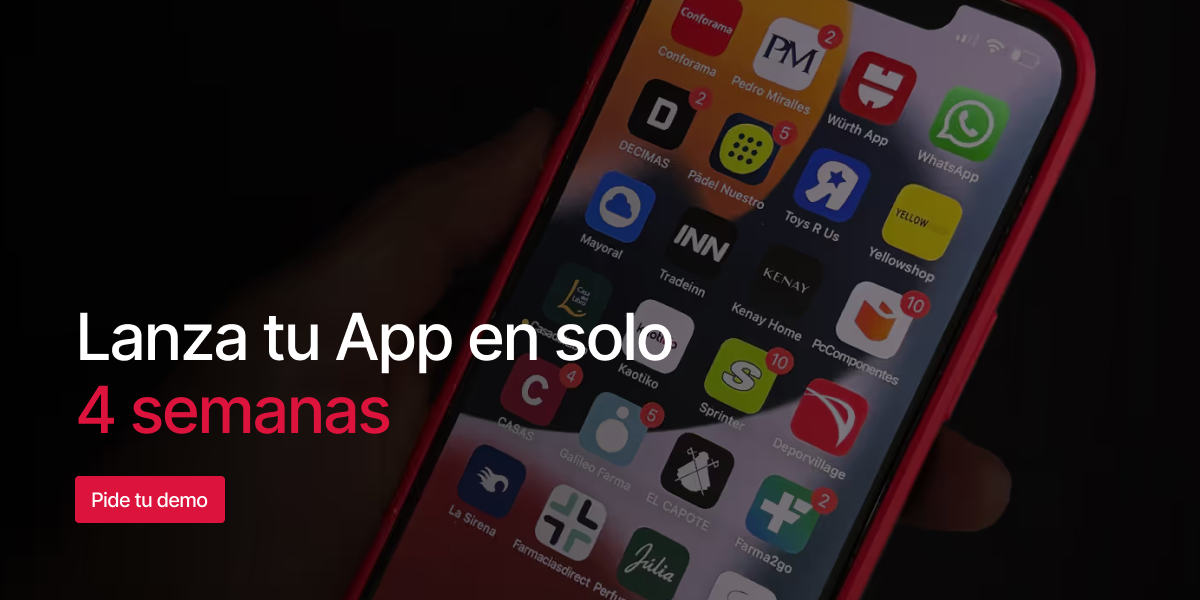
If you are thinking of launching an app for your online store, you are probably facing this key question: native app or hybrid app? Both options can take your ecommerce to the mobile channel, but the technical, functional and strategic differences are key to make the right choice.
In this article we analyze the difference between native app and hybrid app for ecommerce, its advantages, limitations and performance, with current data, real examples and the success case of Juguettos, which opted for Reskyt' s native technology to improve its sales and loyalty.
A hybrid app is built with web technologies (HTML, CSS, JavaScript) and "wrapped" to work on iOS and Android. It uses a single code base, which reduces initial development costs. It relies on frameworks such as Ionic or React Native.
A native app is developed directly for each operating system (Swift for iOS, Kotlin for Android), allowing you to take full advantage of device performance, system functionality and a superior user experience.
In platforms such as Reskyt, a native app is generated from a central base, without the need for parallel development.

Juguettos, one of the most recognized toy chains in Spain, needed a mobile channel to offer:
With Reskyt, they created a native app in less than a month, connected to their ecommerce and adaptable to any device.

The Juguettos app has become one of the main communication and repurchase channels for its most loyal customers.
With traditional developments yes, but with SaaS platforms like Reskyt, you can have a native app from 350 €/month with maintenance included.
No. If you use Reskyt, all updates, support and upgrades are included in the service.
Yes, with Reskyt, a single base generates both apps without the need to duplicate technical resources.
Both apps are positioned in the App Store and Google Play. The native app tends to have better ratings and retention, which improves visibility.
The native app allows the incorporation of complex functionalities without performance limitations, which is why it is the preferred option for growing ecommerce.
If your priority is to improve conversion, build customer loyalty and offer the best possible experience, the native app is the winning option. And today, thanks to platforms like Reskyt, you can have it ready in weeks and without disproportionate costs.
Want to see what your native app would look like? Request a demo and discover why more and more Spanish ecommerce are betting on mobile technology that converts.
